As Pope Francis consecrated Russia and Ukraine to the Immaculate Heart of Mary, the same day was celebrated at the Conventual Shrine of Our Lady of Fatima in Mackivci, near Chmel’nyc’kyj in Ukraine.
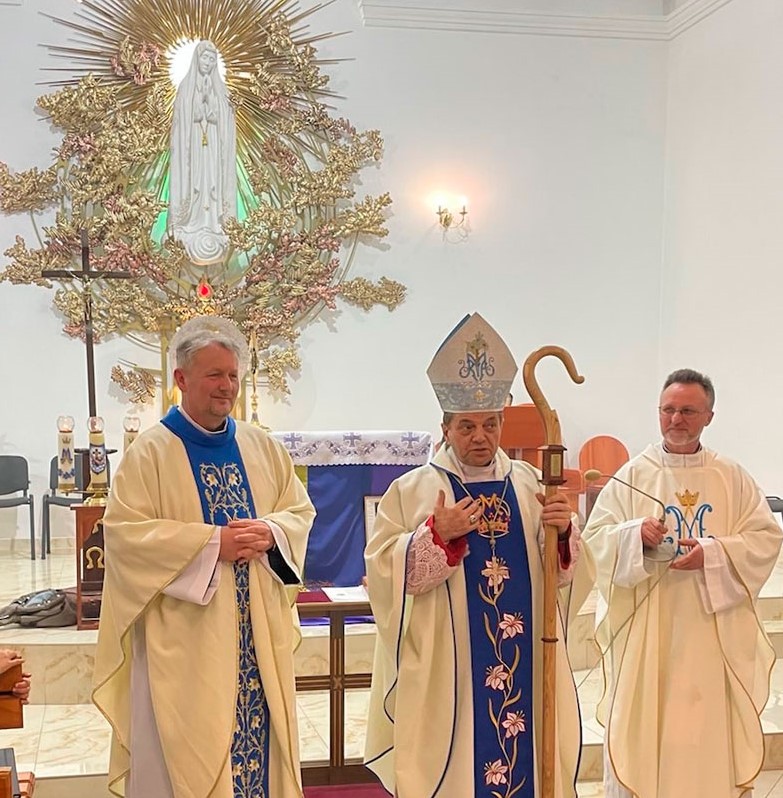

Category Archives: Ukraine Consecration of Russia and Ukraine ~ Conventual Franciscan Shrine in MackivciAs Pope Francis consecrated Russia and Ukraine to the Immaculate Heart of Mary, the same day was celebrated at the Conventual Shrine of Our Lady of Fatima in Mackivci, near Chmel’nyc’kyj in Ukraine. 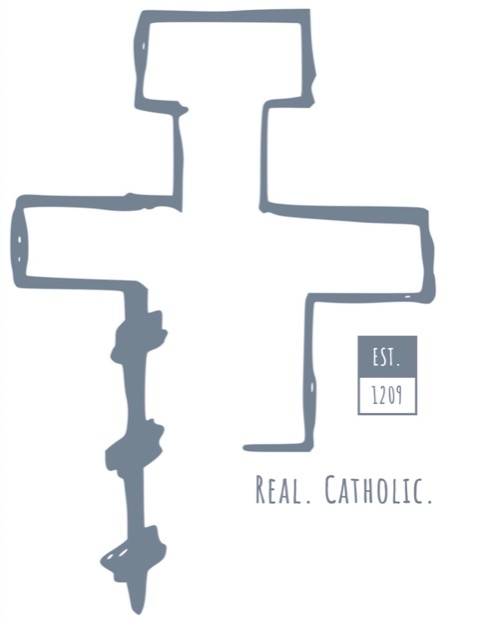 Reflection by Friar Jude Winkler, OFM Conv.From Franciscan Voice: “Harmęże: A Franciscan friary near Auschwitz is housing Ukrainian refugees. Friar Jude Winkler says that just as the site of evil and death can become a place of reconciliation and healing, God’s grace can help us bring good out of the bad times in our own lives.” 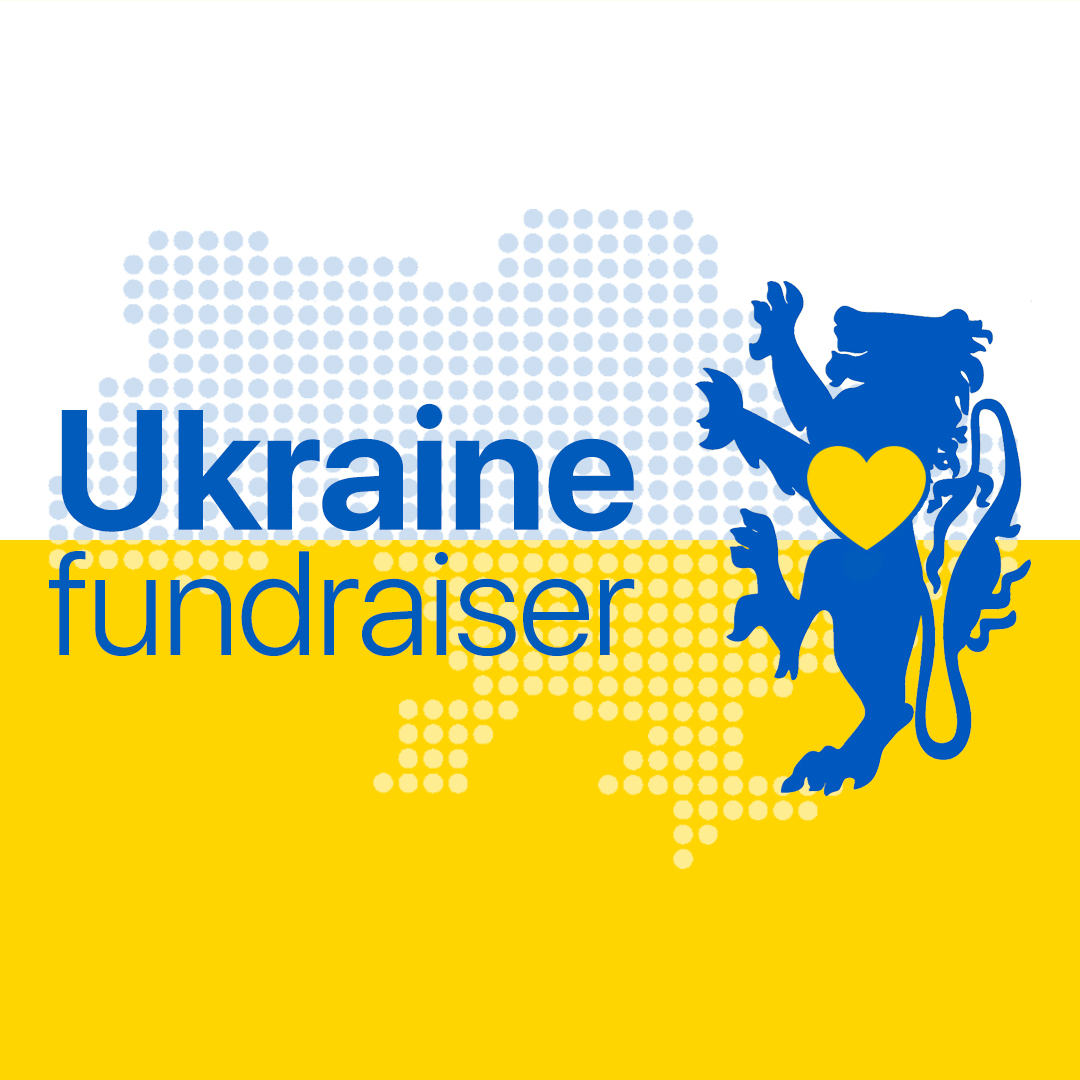 Thank You, Joe Leone’s Italian Specialties
More photos of this event and updates from the efforts put forth by our Province Ministries throughout the East Coast of the USA, and of our confreres from other provinces around the world, can be found on our Province Facebook Page. 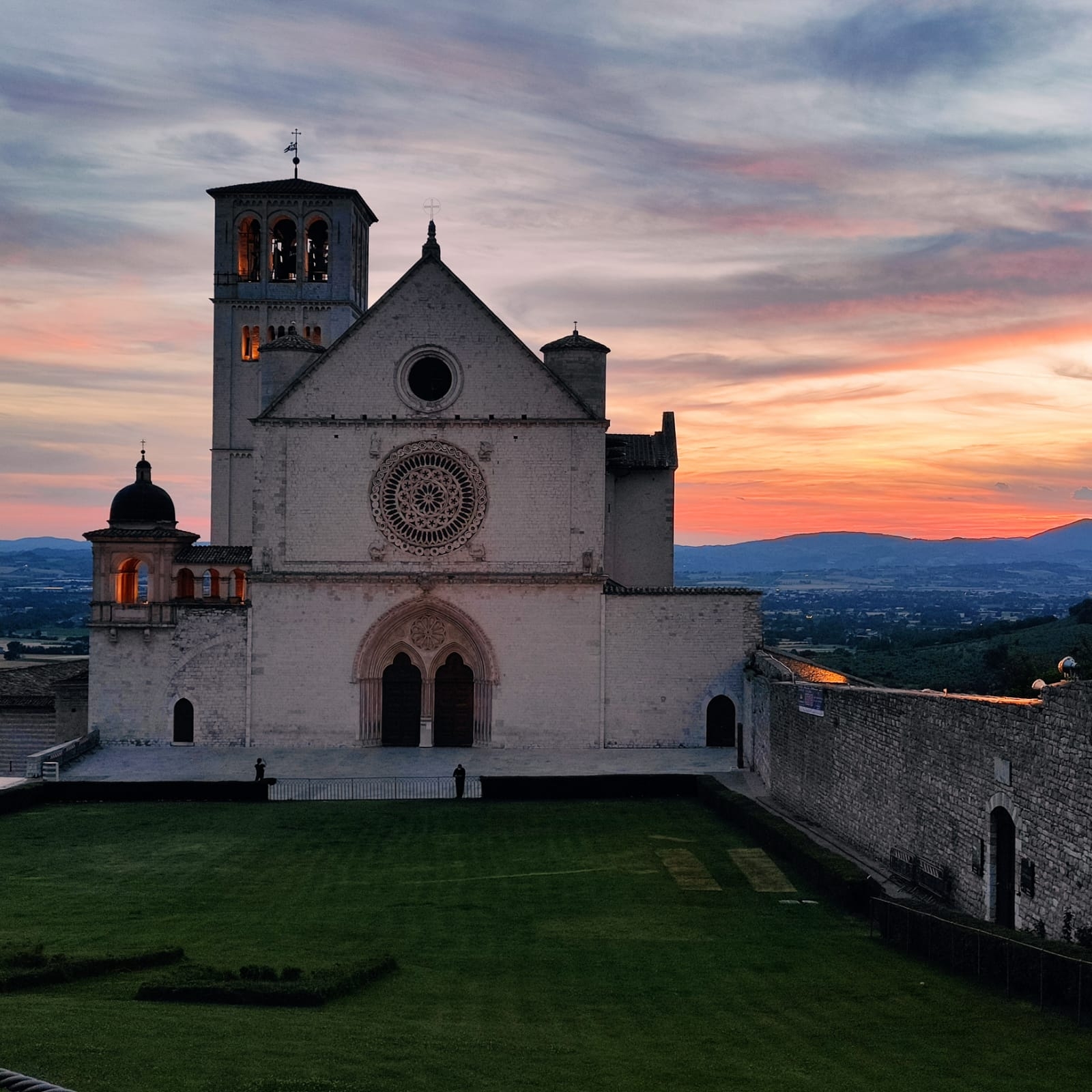 News from the Sacro ConventoA message from the Franciscan Friars Conventual of the Sacro Convento (Assisi), who will unite with the Holy Father in prayer for peace and in the consecration and entrustment of all humanity, especially Russia and Ukraine, to the Immaculate Heart of Mary, on March 25th, Solemnity of the Annunciation, at 6:30 p.m 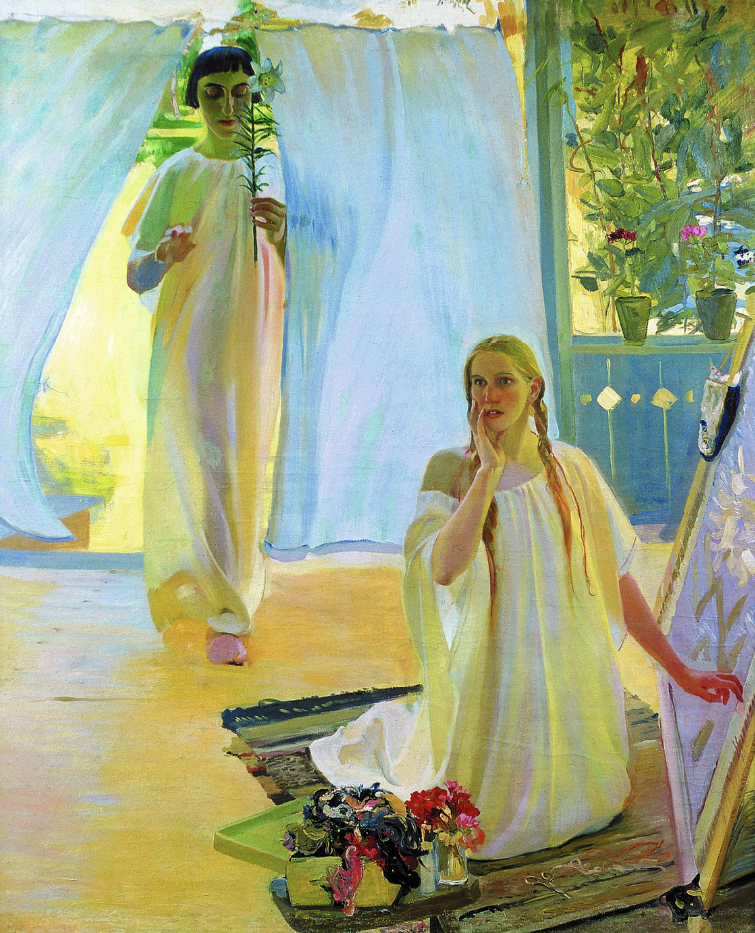 Reflection by Fr. Ed Ondrako, OFM Conv. The Annunciation, 1907-1908 (Oleksandr Murashko – Ukrainian, 1875–1919) is part of the Permanent Collection of the National Art Museum of Ukraine, in Kyiv. https://www.artsy.net/artwork/oleksandr-murashko-the-annunciation Newman as a Volcanic Eruption Hail, full of grace! The Lord is with you. The Archangel invited Mary to conceive the Son of God[1] by the power of the Holy Spirit. Her reply motivates us: “Behold, I am the handmaid of the Lord. May it be done to me according to your word.” Love for Mary at home and in Catholic grade school prompted me to ask; why did it take so long, until 431 at the Council at Ephesus to declare that the Blessed Virgin Mary is the Mother of God? Little did I know that I was raising the question of development of doctrine, a question which, a decade later, would be at the heart of the Second Vatican Council. Development of the reform within the Church came when I assumed the duties of the Catholic priesthood. In life, stormy seas follow, but happily with many stops at safe harbors. Interpretation of the idea of development and the future is one reason why Vatican II is called Newman’s Council. After he was canonized on 13 October 2019, the seal of Vatican II confirms his work as a saint. John Henry Newman grew up in England with the Bible. He records that, at the age of 15, a great change of thought took place in him. “I fell under the influence of a definite Creed, and received into my intellect impressions of dogma, which through God’s mercy, have never been effaced or obscured.” In 1845, Newman wrote himself into the Catholic Church by resolving how doctrines develop. No one before or after him has demonstrated as precise an understanding of the character of the development of doctrine as he did when he laid out seven marks, notes, or tests, as he calls them. They are unique to the enigmas in his life. Many read and misinterpret them, but when read within lines of proper interpretation, his seven marks are readily persuasive. A lifetime of study of Newman convinces me that there is room for a lot more work about development vis-à-vis corruption. His seven marks are far more flexible, experimental, and have the potential to add marks, notes, and tests than imagined. They serve for reform and renewal within the Church. Mark seven is “its chronic vigor.” Vigor is associated with the adjective “acute,” as in acute youthful vigor which declines with aging. Newman wrote: “A corruption, if vigorous, is of brief duration, runs itself out quickly, and ends in death; on the other hand, if it lasts, it fails in vigor and passes into a decay. This general law gives us additional assistance in determining the character of the developments of Christianity commonly called Catholic.” Mark six is “conservative action on its past.” Newman was responding to the general pretext of critics of every age who claim they are serving and protecting Christianity by their innovations. They charge the Catholic Church and her successive definitions of doctrine as overlaying and obscuring Christianity. The heretics[2] (as he calls them) assume, and Newman does not deny, “that a true development is that which is conservative of its original and a corruption is that which tends to its destruction.” Mark five is “anticipation of its future.” If the doctrine has, in any early stage of its history, given indications of those opinions and practices in which it has ended, Newman argues in favor of the fidelity of developments. Together with mark six, “conservative action upon its past,” is where we find Newman summarizing the prerogative of the Virgin Mary as intimately involved in the Incarnation itself. Justin, Irenaeus, and other Church Fathers taught the parallel between the Mother of the Redeemer and the Mother of all the living. Devotion to Mary in Newman’s life, which he did not have as a youth, developed as he grew and went beyond the formative Evangelical influences. During his twenties, a battle with the rationalist influences at Oxford developed within. At age 24, he chose Anglican orders; and by 27, he almost succumbed to letting rationalism overtake him. A growing devotional life included devotion to the Virgin Mary and the saints. One can trace his sermons and other writings to conclude how that devotion prevented disaster. By 1845, he was well on the way to developing a high Mariology. By the end of his life, he had arguably become the greatest Mariologist in England in the 19th century. Newman’s Mariology was sound because he built upon and developed a proper Christology. E.g., if we compare the first chapters of Scripture with the last, we notice the serpent in Genesis directly identified with the evil spirit, just as we read in the twelfth chapter of Revelation. The woman clothed with the sun, with the moon under her feet, would endure the enmity of the serpent and the war with her Seed.[3] The mystery at the close of Scripture answers the mystery at the beginning of Scripture. There is a correspondence between the apocalyptic vision and what unfolded at the dawn of human history. Newman’s marks, notes, and tests diagnose deficient and insufficient forms of Christianity and Christian simulacra. Newman’s fourth mark is “its logical sequence,” a mis-term in the sense that Newman is not giving a syllogistic argument, but one from history. He demonstrates historically how doctrines such as forgiveness of sins, penance, merit, salvation, and purgatory, are related to each other. The intelligible structure includes their praxis. The third mark, “its power of assimilation,” proves doctrine’s staying power, as the doctrine of the Mother of God, Theotokos. The second mark is “the continuity of its principles.” [4] A principle is a simple or complex presupposition—not an argument, but ground zero for an argument. The first mark is: “the preservation of its type,” i.e. fidelity to its type from first to last. In the Christian Church of the 19th century what corresponds to the early Church? Newman’s collision course was with the Rationalists and Evangelicals who proscribed the Roman Church. His argument was a battery, a guerilla war which rests on the cumulation of arguments against their presumptions. The Church grows slowly. When studying Newman’s life and development, all seven marks are equally valuable. In 1845, his discovery of seven marks, notes, or tests helped him to resolve the definition of papal authority. Its resolution became the reason for his transfer from the Anglo-Catholic part of the Church of England to the Roman Catholic Church. Fr. Edward J. Ondrako, OFM Conv, Univ. Of Notre Dame, Remembering Forward, #5 Annunciation __________________ [1] The sacred Council at Ephesus (431) declared, Theotokos, Mother of God, to be binding on the Church, accepted and embraced by all of Christ’s faithful. Fr. Edward J. Ondrako, OFM Conventual 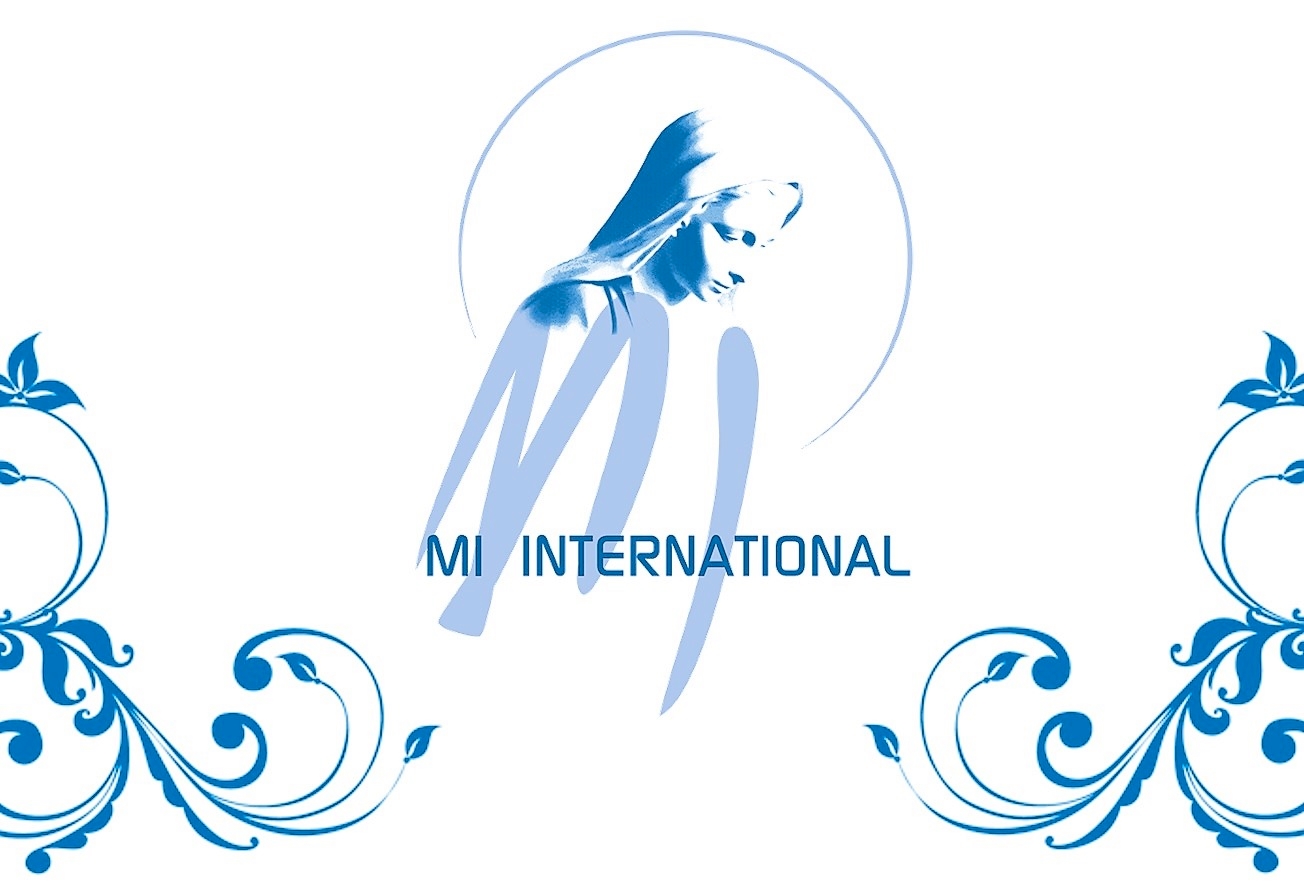 M.I. Consecration of HumanityThe M.I. International Center therefore asks all members of the Militia around the world, in union with the whole Church, to prepare for, and participate in, the act of consecrating humanity, especially Russia and Ukraine, to the Immaculate Heart of Mary. On March 25, Pope Francis will carry out the consecration during the Celebration of Penance at which he will preside at 5:00 p.m. in St. Peter’s Basilica. To prepare for this, the International Center will be offering a moment of prayer from Casa Kolbe in Rome the same day at 3:00 p.m. The event can be followed on the website https://www.facebook.com/miinternational.mi. 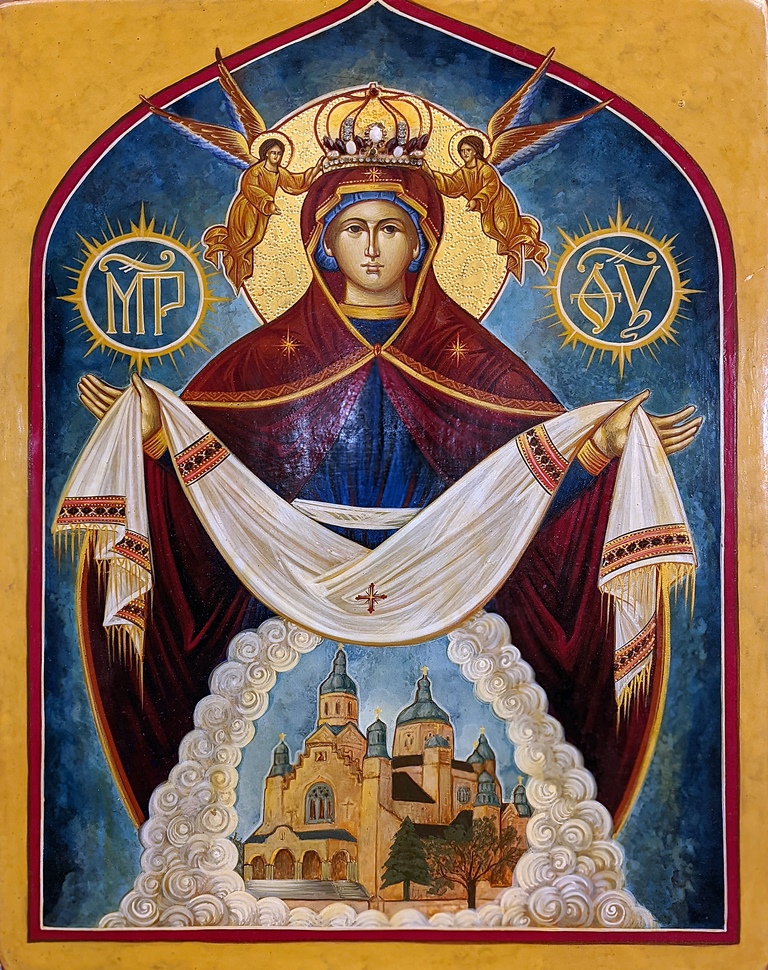 Prayer of Consecration ~ Russia and UkraineACT OF CONSECRATION TO THE IMMACULATE HEART OF MARY O Mary, Mother of God and our Mother, in this time of trial we turn to you. As our Mother, you love us and know us: no concern of our hearts is hidden from you. Mother of mercy, how often we have experienced your watchful care and your peaceful presence! You never cease to guide us to Jesus, the Prince of Peace. Yet we have strayed from that path of peace. We have forgotten the lesson learned from the tragedies of the last century, the sacrifice of the millions who fell in two world wars. We have disregarded the commitments we made as a community of nations. We have betrayed peoples’ dreams of peace and the hopes of the young. We grew sick with greed, we thought only of our own nations and their interests, we grew indifferent and caught up in our selfish needs and concerns. We chose to ignore God, to be satisfied with our illusions, to grow arrogant and aggressive, to suppress innocent lives and to stockpile weapons. We stopped being our neighbour’s keepers and stewards of our common home. We have ravaged the garden of the earth with war and by our sins we have broken the heart of our heavenly Father, who desires us to be brothers and sisters. We grew indifferent to everyone and everything except ourselves. Now with shame we cry out: Forgive us, Lord! Holy Mother, amid the misery of our sinfulness, amid our struggles and weaknesses, amid the mystery of iniquity that is evil and war, you remind us that God never abandons us, but continues to look upon us with love, ever ready to forgive us and raise us up to new life. He has given you to us and made your Immaculate Heart a refuge for the Church and for all humanity. By God’s gracious will, you are ever with us; even in the most troubled moments of our history, you are there to guide us with tender love. We now turn to you and knock at the door of your heart. We are your beloved children. In every age you make yourself known to us, calling us to conversion. At this dark hour, help us and grant us your comfort. Say to us once more: “Am I not here, I who am your Mother?” You are able to untie the knots of our hearts and of our times. In you we place our trust. We are confident that, especially in moments of trial, you will not be deaf to our supplication and will come to our aid. That is what you did at Cana in Galilee, when you interceded with Jesus and he worked the first of his signs. To preserve the joy of the wedding feast, you said to him: “They have no wine” (Jn 2:3). Now, O Mother, repeat those words and that prayer, for in our own day we have run out of the wine of hope, joy has fled, fraternity has faded. We have forgotten our humanity and squandered the gift of peace. We opened our hearts to violence and destructiveness. How greatly we need your maternal help! Therefore, O Mother, hear our prayer. O Mother, may your sorrowful plea stir our hardened hearts. May the tears you shed for us make this valley parched by our hatred blossom anew. Amid the thunder of weapons, may your prayer turn our thoughts to peace. May your maternal touch soothe those who suffer and flee from the rain of bombs. May your motherly embrace comfort those forced to leave their homes and their native land. May your Sorrowful Heart move us to compassion and inspire us to open our doors and to care for our brothers and sisters who are injured and cast aside. Holy Mother of God, as you stood beneath the cross, Jesus, seeing the disciple at your side, said: “Behold your son” (Jn 19:26). In this way he entrusted each of us to you. To the disciple, and to each of us, he said: “Behold, your Mother” (v. 27). Mother Mary, we now desire to welcome you into our lives and our history. At this hour, a weary and distraught humanity stands with you beneath the cross, needing to entrust itself to you and, through you, to consecrate itself to Christ. The people of Ukraine and Russia, who venerate you with great love, now turn to you, even as your heart beats with compassion for them and for all those peoples decimated by war, hunger, injustice and poverty. Therefore, Mother of God and our Mother, to your Immaculate Heart we solemnly entrust and consecrate ourselves, the Church and all humanity, especially Russia and Ukraine. Accept this act that we carry out with confidence and love. Grant that war may end and peace spread throughout the world. The “Fiat” that arose from your heart opened the doors of history to the Prince of Peace. We trust that, through your heart, peace will dawn once more. To you we consecrate the future of the whole human family, the needs and expectations of every people, the anxieties and hopes of the world. Through your intercession, may God’s mercy be poured out on the earth and the gentle rhythm of peace return to mark our days. Our Lady of the “Fiat”, on whom the Holy Spirit descended, restore among us the harmony that comes from God. May you, our “living fountain of hope”, water the dryness of our hearts. In your womb Jesus took flesh; help us to foster the growth of communion. You once trod the streets of our world; lead us now on the paths of peace. Amen. (Atto di Consacrazione al Cuore Immacolato di Maria, 23.03.2022) Fr. Jude Winkler, OFM Conv., a friar of our province who serves as Assistant General for the CFF of our Order (Rome), reflects on the Consecration of Russia and the Ukraine to the Immaculate Heart of Mary by Pope Francis on Friday, March 25th, to be shared in prayer by the Faithful throughout the world: 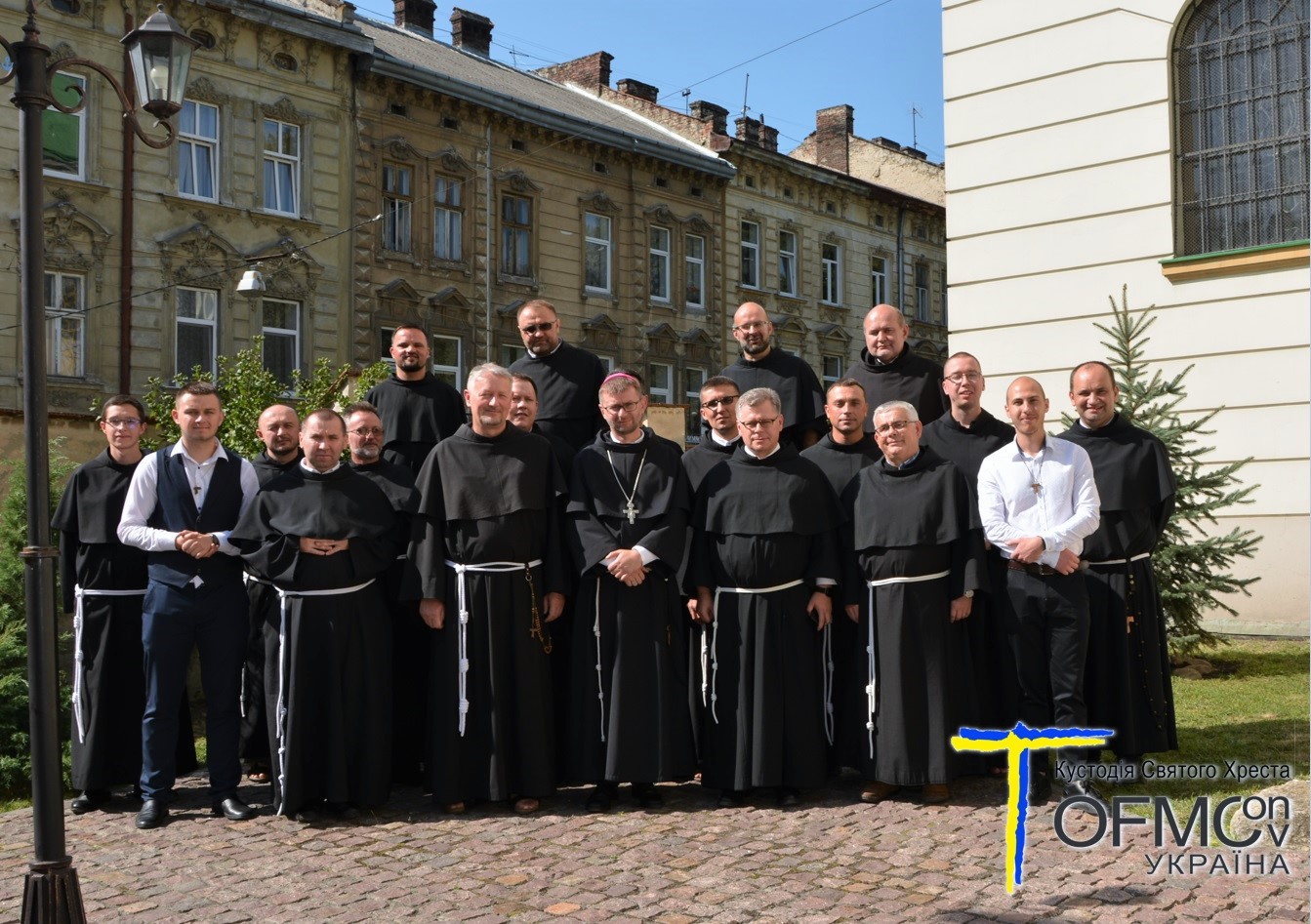 Custody of the Holy Cross in Ukraine: Press Release 3The Provincial Custody of the Holy Cross in Ukraine of the Friars Minor Conventual cordially thanks all the benefactors for their offerings, humanitarian assistance, and for taking in war refugees. 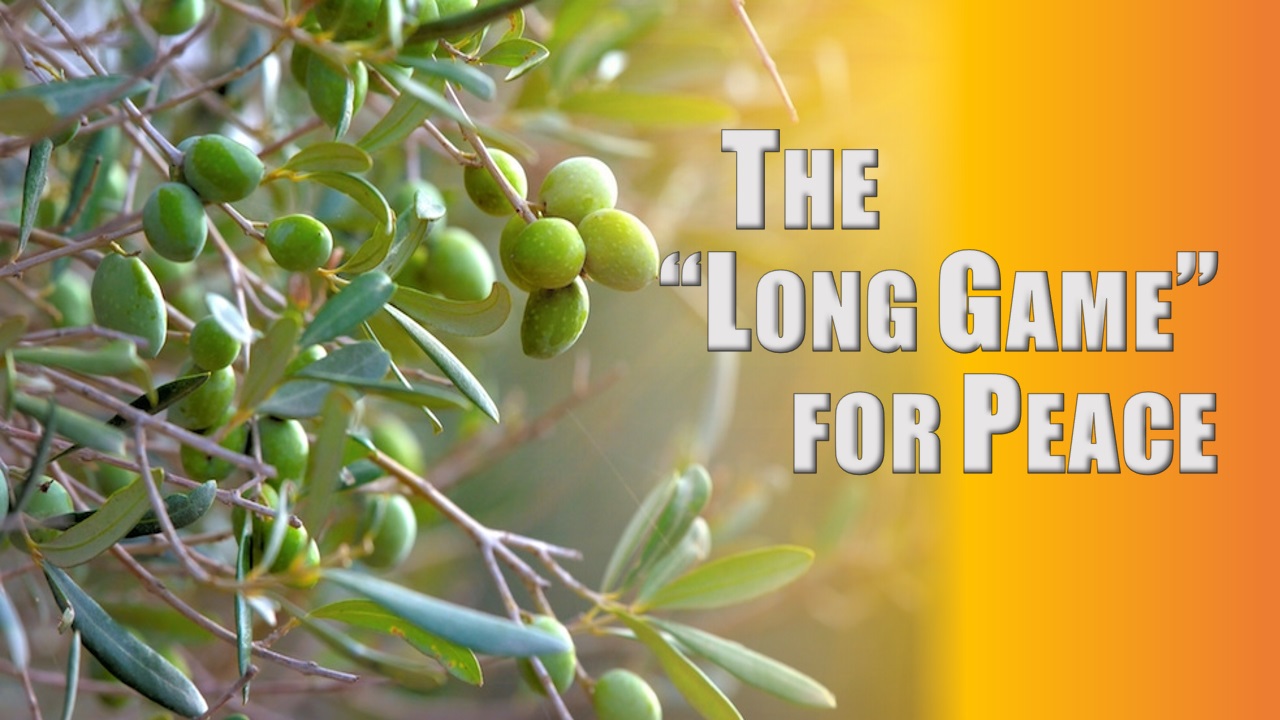 Message from Friar Michael Lasky, OFM Conv.Friar Michael Lasky, OFM Conv. is a friar of our province who serves the Order as General Delegate for Justice, Peace & Integrity of Creation, in Rome.  Ukraine Friars: Thank You LetterA thank you letter from the friars of the Provincial Custody of the Holy Cross in Ukraine to the Minister General, Friar Carlos TROVARELLI |